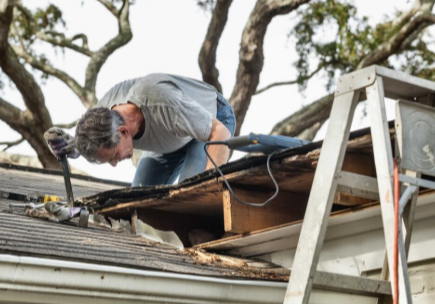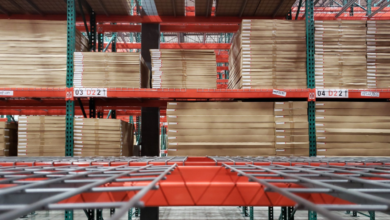What Roofers Say About Storm Damage and Insurance Claims

When a severe storm rolls through your neighborhood, one of the first things homeowners worry about is roof damage. High winds, hail, heavy rain, and falling debris can cause serious harm to your roofing system even if it’s not immediately visible. According to experienced roofers, acting quickly after a storm can mean the difference between a fully covered repair and a denied insurance claim.
In this blog, we’ll explore what professional roofers have to say about storm damage, how to spot it, and what homeowners need to know when dealing with insurance companies.
Roofers Agree: Not All Storm Damage Is Obvious
One of the biggest misconceptions homeowners have is that if their roof looks fine from the ground, there’s nothing wrong. However, roofers frequently find hidden damage that can go unnoticed for weeks or even months. Shingles might be lifted but not torn off, flashing may be loosened, or minor leaks may develop that aren’t immediately visible.
These minor issues can worsen over time, leading to mold, water damage, and insulation problems. Roofers often emphasize the importance of scheduling a professional inspection immediately after a major storm, even if you don’t see damage.
The Sooner You Act, the Better
Time is of the essence after a storm. Most roofers recommend having your roof checked within 24 to 72 hours after the weather clears. Not only can early inspections catch problems before they worsen, but they also help establish a clear timeline for insurance purposes.
Insurance companies typically require that claims be filed within a specific time frame, often ranging from 30 to 60 days after the event. Waiting too long can give your insurer a reason to deny your claim, especially if they suspect the damage may have resulted from normal wear and tear rather than the storm itself.
Roofers Know What Insurance Adjusters Look For
A Professional roofing contractor with storm damage experience knows exactly what insurance adjusters are looking for, and they can help document everything properly. This includes:
- Photographic evidence of damage
- A detailed inspection report
- Estimates for repair or replacement
- Notes on the storm’s severity and date
Having a roofer meet with your insurance adjuster during the inspection is a smart move. They can point out damage that may otherwise be overlooked and ensure your claim reflects the full extent of the repairs needed.
Hail and Wind Damage: What to Watch For
Roofers often see two types of storm-related damage: hail and wind.
Hail damage can be deceptive. It may cause dents or soft spots on shingles, bruise the underlayment, or dislodge granules that protect your roof from UV rays. Over time, this accelerates deterioration, even if the shingles don’t look broken.
Wind damage typically results in lifted, curled, or missing shingles. High winds can also tear off flashing or cause tree limbs to crash onto your roof. In some cases, wind may create pressure differences that lead to internal damage or water intrusion.
Because these issues aren’t always visible from the ground, roofers recommend a complete exterior and attic inspection after any significant storm event.
Roofers Say: Document Everything
One thing roofers unanimously recommend is documenting every detail. Take photos of your home after the storm, especially if you notice damage to the roof, gutters, siding, or landscaping. Save any weather alerts or news reports showing the severity of the storm.
When your roofer inspects your roof, ask for a copy of their report, including photos and notes. This documentation will be essential if there are any disputes with your insurer or if your claim is delayed or denied.
Repairs vs. Replacement: What to Expect
Depending on the extent of the damage, your roofer may recommend either repairs or a complete roof replacement. Insurance will generally cover what’s necessary to restore your roof to its pre-storm condition, but not upgrades or non-essential improvements.
If your roof is older, the insurance adjuster may factor in depreciation. This is another area where having an experienced roofer helps them negotiate with your adjuster to make sure your claim reflects current material and labor costs, not outdated estimates.
Conclusion
Storm damage can be stressful, but knowing what roofers say about the process can give you the upper hand. A quick response, thorough inspection, and accurate documentation are the keys to a smooth insurance claim and a properly repaired roof.
If a storm has recently hit your area, don’t wait. Schedule a professional roofing inspection right away and consult with a local roofer who can walk you through the claims process with confidence.







